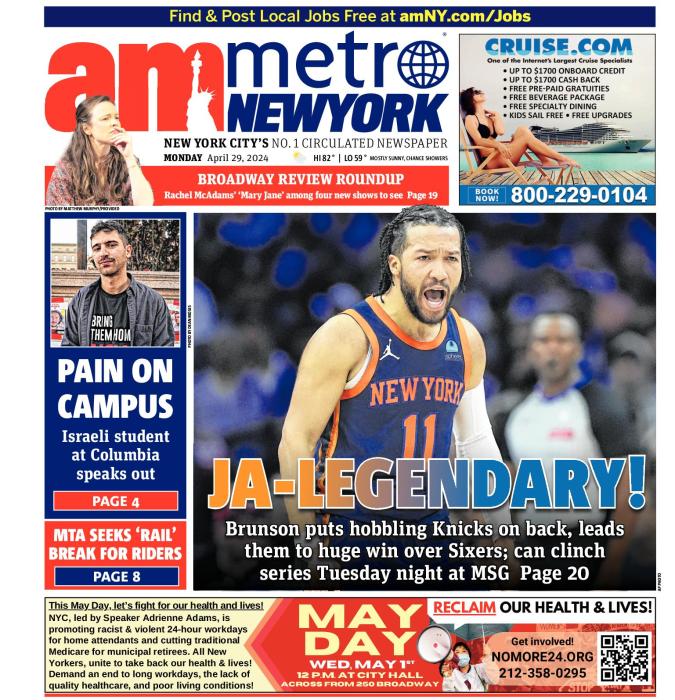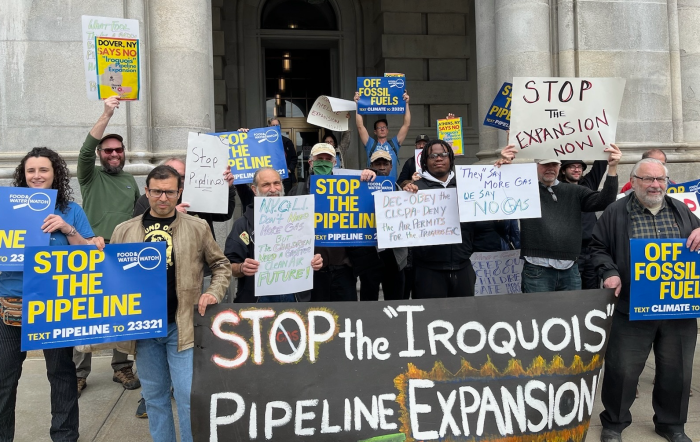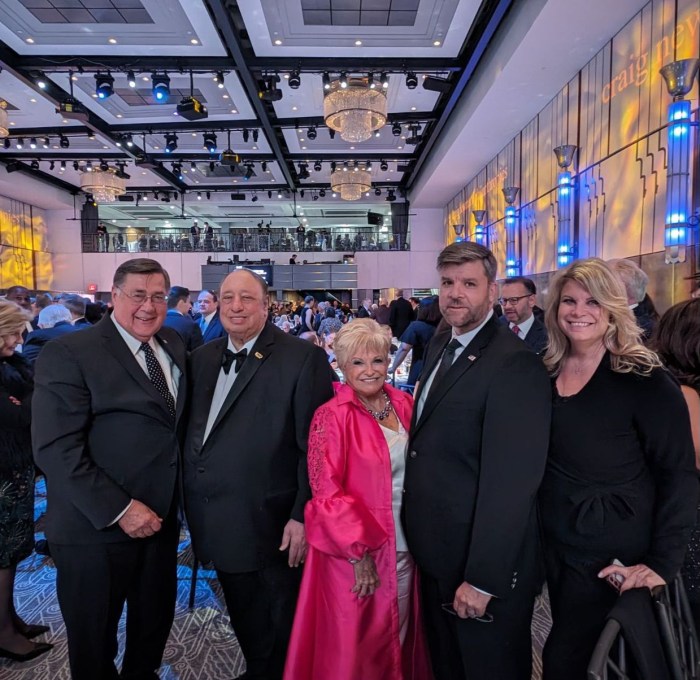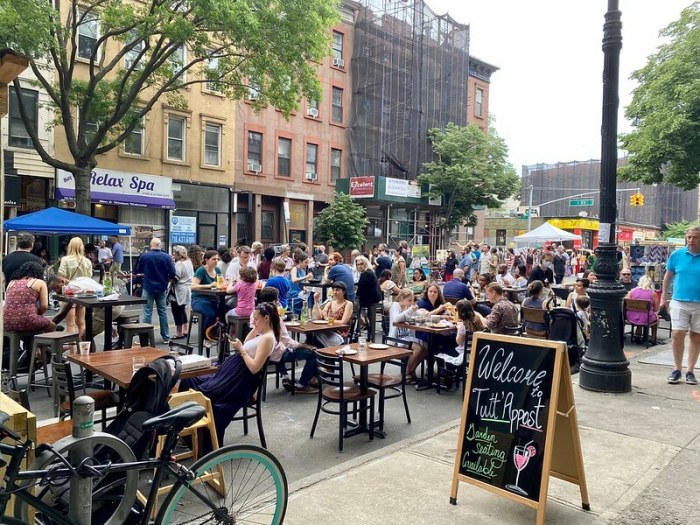By Victor Papa
Blessing the W.T.C. and Lower Manhattan
Pope John Paul II made 104 pastoral trips around the world from 1978 to 2004, logging more than 750,000 miles of travel. And yet there were many Downtown Catholics like me who longed for just one more, even if it was to be one of his last, as many surmised. But it was not to be. There were no more trips. His failing health was the probable reason that dashed any hopes of travel anywhere. For some Downtown Catholics like me, there was a sense that the great tragedy of 9/11 warranted a visit by John Paul II to ground zero. But not of the kind that the world community became accustomed to seeing when his visits were likely to draw the largest, always jubilant, crowds in human history. Rather, what we anticipated was a visit that might further affirm and dignify the inestimable loss of life and inconsolable grief. A visit that would be reverent, pastoral, quiet; one that would finally, as he had openly prayed for in St. Peter’s Square on Sept. 12, 2001 “…commend the victims to Almighty God’s eternal love…” and one that implored comfort for the injured and for the families so deeply affected by this “terrible assault against human dignity.”
Pope Benedict XVI did make that trip last month and in a way that was deeply moving. It certainly had his touch. It seemed resolute in avoiding any crowds that had gathered in the Downtown community to see him, lest the spirit of the visit be less than reverent. Even the fog seemed obliging as it engulfed the Downtown area above, not in the site, setting a somber mood the visit required. And so too did the edge of Downtown skyscrapers seem accommodating, as they accentuated the focus of attention to what was once untold destruction, to what was now a symbolically transformed focus of hope, embellished with the color of sunshine. Benedict, alone in his thoughts, singularly focused, looking at no one and nothing but the task ahead, descended from the top of the hill, and halfway down, walked alone to the pit of destruction, seeming to carry, for all humanity, the bold conviction to hope again, and the courage to affront the evil and fear at its very core — that evil, which wrought such annihilation, traumatizing so viscerally the lives of Downtown residents and workers, engraving in our collective memories the horrors of twisted heaps of metal, glass, and the acrid smoke, and dust. Not least, the trampled human life.
The brief ceremony was filled with many symbols; the flickering flame of a candle, a symbol of the spirit of life rekindled, and the tranquil pool of water, which for Christians is a symbol of life and regeneration, as was the holy water he used to bless the site, as he sprinkled it to the east, the west, the north and the south. We Catholics would be inclined to acknowledge that this gesture is one particularly intended for the sake of our besieged Lower Manhattan community, but also one that extended far beyond our great city — that the entire world should be tranquil and free from evil.
Thus the pope did fulfill what was for many Catholics, and myself, a yearning for sanctification of a site, which within the Catholic imagination, could only be considered a hallowed place of repose, where the souls of so many of the ordinary breathe their last, and where it will never be certain that all the remains were recovered. And with as much an intimate exchange of sympathy and consolation as was possible to give, the pope spoke with 24 family members, survivors and rescue workers. To say that they experienced closure is perhaps too therapeutically glib. I considered these brief intimate encounters the highest form of pastoral ministry. From even the faintest glimpse of their faces, this pastor seemed to spiritually console, if not provide to each of them resignation and sound assurance “that the souls of the faithfully departed will rest in peace.”
As one Catholic among many I also discerned and resigned myself to understand the design of providence in that John Paul was never meant to pray there. That is because this Downtown site will forever characterize new fears of a new century. John Paul’s time culminated in the crumbling of totalitarian regimes that denied liberty and dulled the human spirit for millions. Something he had his hand in undoing. Benedict’s time began with new, more elusive enemies whose deeds were manifest on Sept. 11, 2001. An alien enemy, something we never encountered before, motivated by a passionate and wholly irrational religious conviction to destroy all that we cherish in freedom…and who even attempt to rationalize that there is a God that sanctions such death and destruction which, I believe, Benedict countered: “Turn to your way of love those whose hearts and minds are consumed with hatred.”
I think Downtown Manhattan residents, and Catholics like me, were left very proud of the way in which that brief visit to our Downtown community was handled. All of the dignity it required was evident as grieving families will probably testify, and for which our mayor, Michael Bloomberg, who was present, should be forever thanked. As a gracious host for all New Yorkers that week, his presence that day said much about his generous availability of time. The warmth alone of his smile and greetings to such an esteemed visitor shall always be appreciated, especially by grateful Catholics.
Victor Papa is a Downtown resident and a trustee of St. James Parish in Lower Manhattan.

















